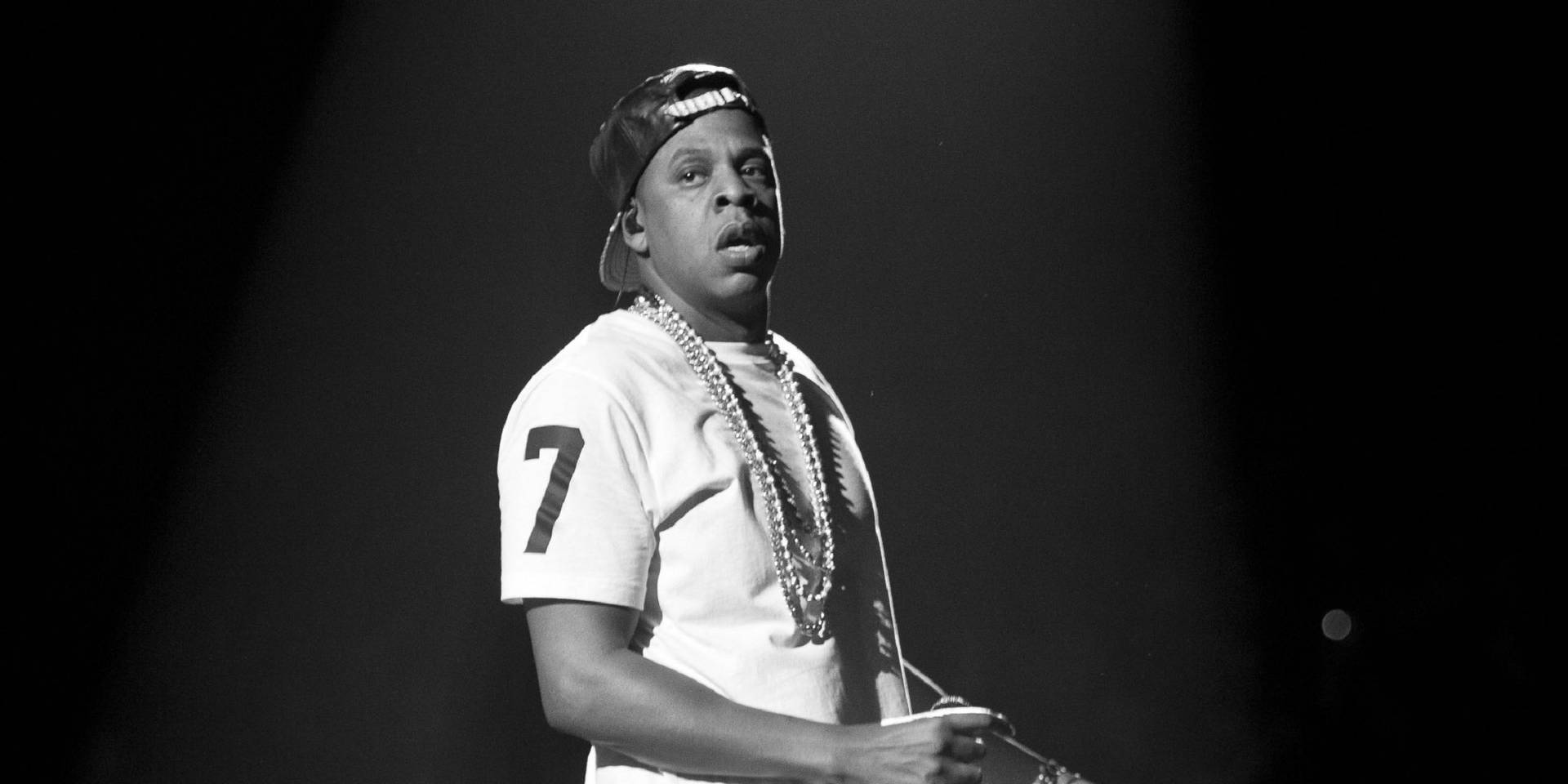
Introduction
Kendrick Lamar, an acclaimed American rapper and songwriter, has become a transformative force in contemporary music. His influence extends beyond just entertainment; he’s recognised for addressing complex social issues, including race, identity, and mental health, through his art. As audiences become increasingly aware of the cultural significance of music, Lamar’s work stands out, making him an essential figure in the landscape of modern hip-hop.
Career Breakthrough
Kendrick Lamar Duckworth, born on June 17, 1987, in Compton, California, started his career in the music industry at a young age. He gained initial recognition with his mixtape ‘Section.80’ released in 2011, showcasing his lyrical prowess and unique storytelling ability. However, it was 2012’s ‘good kid, m.A.A.d city’ that catapulted him to international fame. The album was not only a commercial success but also critically acclaimed, earning Lamar a Grammy nomination for Best Kid Album. It provided a raw, unfiltered snapshot of life in Compton and established him as a leader in hip-hop.
Cultural Impact
Lamar’s influence goes beyond music; he is often seen as the voice of his generation. His albums, including ‘To Pimp a Butterfly’ and ‘DAMN.’, challenge conventional narratives about race and identity. ‘To Pimp a Butterfly’ in particular received widespread acclaim for its profound exploration of African American culture and systemic injustice, resonating with listeners worldwide and making it clear that hip-hop could be a platform for activism. The album was nominated for Album of the Year at the Grammy Awards, making Lamar the first hip-hop artist to earn this honour since OutKast in 2004. Lamar’s work often sparks conversations around difficult topics, encouraging fans to reflect on their views and experiences.
Recent Developments
In 2022, Kendrick released his fifth studio album, ‘Mr. Morale & The Big Steppers’, after a five-year hiatus. The album continued his examination of personal and societal issues, earning critical acclaim for its introspection and innovative sound. While Lamar’s discography is lauded, he remains active in advocating for various social causes, addressing issues including police brutality and mental health awareness. His artistry serves not only as entertainment but as a catalyst for social dialogue, reinforcing the power of music as a tool for change.
Conclusion
Kendrick Lamar’s impact on music and culture is profound and lasting. As he continues to evolve as an artist, his work challenges audiences to engage with important social issues, making him an integral figure in modern music. With a dedicated fanbase and critical acclaim, Lamar is likely to influence the landscape of hip-hop for years to come. For fans and critics alike, Kendrick Lamar remains an essential artist whose voice resonates deeply in today’s society.
You may also like

Jay Z: The Evolution of a Music Legend

The Lasting Legacy of Amy Winehouse
